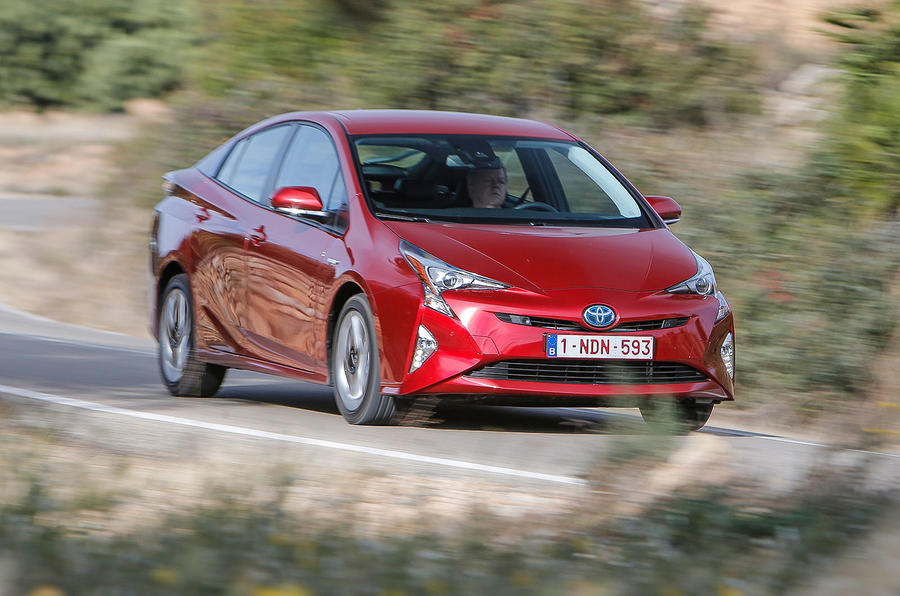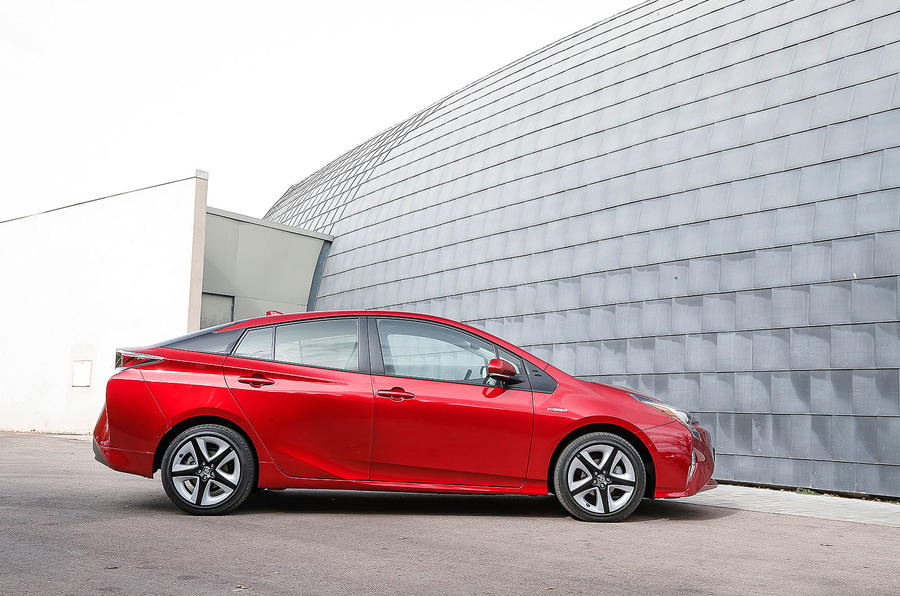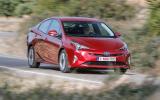What is it?
Toyota's Prius once seemed such a futuristic machine, and the green baggage it carried made it the darling of the planet-saving classes. But through 18 years and three generations it has gone almost mainstream, and mini-cabbers like no car better. Now meet Prius version 4.0, recognisably Prius-shaped but longer, lower, wider and sportier.
That sounds like a standard set of evolutionary steps for a new model, but they're slightly unexpected for a pious-minded Prius. The fact that the driver's hip point has dropped a hefty 59mm doesn't sound right for a car whose owners to date equate driving enjoyment with adultery or worse, and who favour a good view forward over a feeling of one-ness with the machine.
But the intention this time is not only to snare existing owners who will be thrilled about the new one's 70g/km CO2 score, bigger boot space and enhanced refinement, but also to attract new converts who will discover a Prius that drives like no other before it.
This is the first Toyota to be built with the Toyota New Global Architecture set of platform components. Its particular combination of ingredients is called GA-C; it brings a structure 60% torsionally stiffer than the old car's, a new rear suspension that's a hybrid of double wishbones and trailing arms, and that lower-slung architecture.
Petrol-fuelled power still comes from a 1.8-litre engine running on the high-economy Atkinson cycle, but it now features a two-level cooling system, which restricts flow during the now-quicker warm-up, when the coolant is further heated by exhaust gas.
There's an electric water pump, too, and other refinements that together give the engine a thermal efficiency of 40%, claimed to be the highest ever for a production engine. The hybrid drive's CVT transmission is smaller and lighter, and the two electric motors working with it have a greater speed range, which makes the Prius up to 14% more efficient at high speeds.
Other numbers include 20% less power loss in the transmission, an electrical inverter that's 30% smaller, and a new nickel-metal hydride battery pack that's 10% smaller - it now lives under the back seat, allowing full hatchback versatility - and the ability to take 28% more charge per unit of time.



















































Join the debate
Add your comment
Toyota and style/oil & water ?
Wilfully odd styling always back-fires in the end....
Ugly duckling?
What Cabbies? I have seen
I suspect they meant London,
Mine does a motorway commute every day at typical motorway speeds and has averaged 56mpg over 103,000 miles.